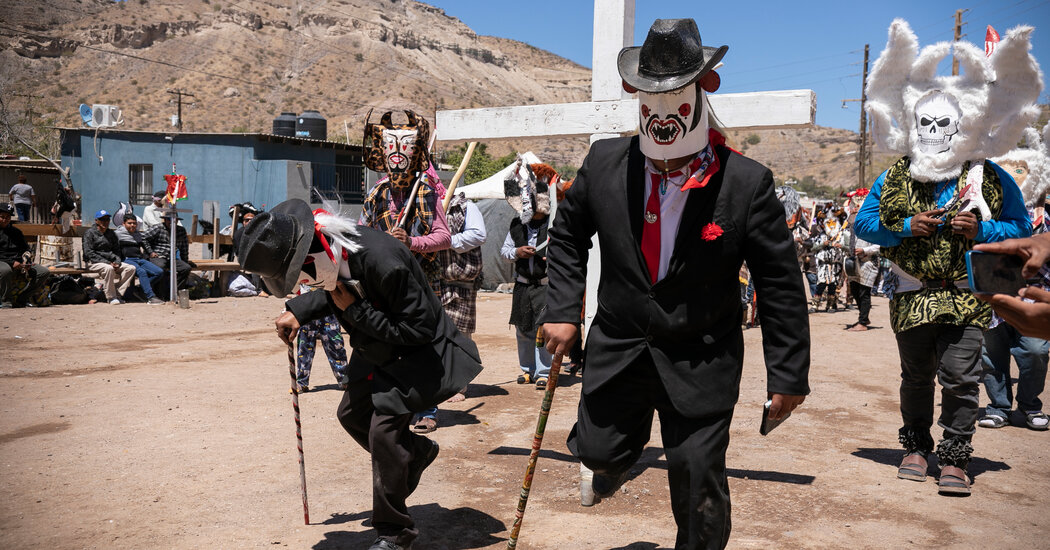Victim of Green River Killer Is Identified After Nearly 40 Years
Investigators have identified a victim of the Green River Killer, one of the most prolific serial killers in U.S. history, more than four decades after the victim was last seen alive, officials in Washington State said on Tuesday.
The victim, Lori Anne Razpotnik, who was known as Bones 17 for nearly 40 years after her remains were discovered, ran away from home in 1982 at the age of 15, according to a news release from the King County Sheriff’s Office. Her family never saw her again.
On Dec. 30, 1985, employees of Auburn, a city in King County about 25 miles south of Seattle, were called to investigate a car that had gone over an embankment. At the scene, investigators discovered two sets of human remains that they labeled “Bones 16” and “Bones 17” because they could not immediately identify them.
Gary Ridgway, who was known as the Green River Killer and was convicted of 49 murders in 2003, led investigators to that same location in 2002 and admitted to placing victims there. Their identities remained a mystery.
A decade later, Bones 16 was identified as Sandra Majors through DNA testing.
To identify Bones 17, investigators recently tapped Parabon NanoLabs in Reston, Va., to conduct forensic genetic genealogy testing. Detectives in King County also contacted Ms. Razpotnik’s mother, who provided them with a saliva sample. The University of North Texas completed a DNA comparison, confirming the remains were Ms. Razpotnik’s.
Before Ms. Razpotnik, the most recent Green River Killer victim to be identified was Wendy Stephens in 2020; her remains were found in the spring of 1984 in a swampy area outside a baseball field in Burien, Wash.
Dave Reichert, a former King County sheriff who helped investigate Mr. Ridgway’s murders, told KING-TV, a local news outlet, that Ms. Razpotnik’s identification invoked many memories.
“Years and years of collecting scores and scores of bodies of young women and girls,” he said.
Mr. Reichert told KING-TV that his first reaction was to extend his deepest sympathies to the family. “There are still a lot of unsolved female homicides that occurred from the mid-80s through the early 2000 era,” he said. “We can only go by what Ridgway told us, that he believed that he killed somewhere around 65 or 70.”
Throughout the 1980s and ’90s, Mr. Ridgway terrorized King County. Although he was convicted of killing 49 young women and girls, he has confessed to 71 murders, and some investigators believe the actual number is even higher.
He was sentenced in 2003 to life in prison without the chance of parole.
At his sentencing, he apologized for his crimes. “I’m sorry for killing these ladies,” he said. “They had their whole lives ahead of them.”
Mr. Ridgway also begged for forgiveness from his family at the hearing and expressed his remorse for “the ladies who were not found.”
“May they rest in peace,” he said. “They need a better place than where I gave them.”


